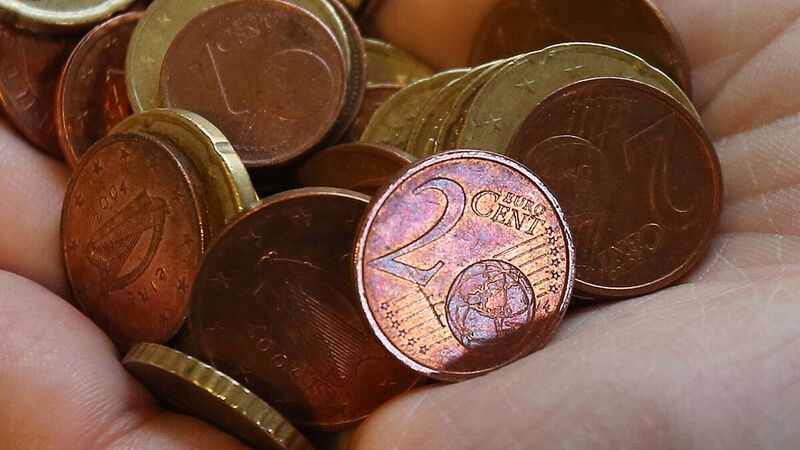Low wage earners bear the brunt of Covid-19 income hit

It is the 5th highest rate of fall in income among low wage earners across the EU after Croatia, Greece, Cyprus and France.
Low wage earners in Ireland have suffered twice as large a drop in income levels during 2020 than workers on higher salaries, according to new figures published by the European Commission.
The latest figures show low wage earners in the Republic experienced an average 10% drop in income this year compared to 2019 as a result of the Covid-19 pandemic.
It is the 5th highest rate of fall in income among low wage earners across the EU after Croatia, Greece, Cyprus and France.
It also compares to a 6% reduction in income for middle earners in Ireland and a 5% fall for the highest earners.
The same trend was replicated across all 27 EU member states with higher earners suffering a lower proportionate drop in income than those on the lowest wages.
However, the Eurostat study also showed that measures, such as wage compensation schemes, put in place by national governments including in Ireland helped to reduce the income loss by half.
The study provides the first results on the estimate of income losses due to the Covid-19 pandemic and associated economic shutdown across different levels of wage earners.
However, it only measures the impact of the first lockdown in the first half of the year before restrictions were reintroduced in many countries in the autumn.
The figures show that low wage earners accounted for approximately 65% of all people who became unemployed in Ireland this year, compared to around 2% for the highest wage earners.
The report calculated that the average loss of income across all workers in Ireland was 7% compared to 2019 levels. The average reduction in income for all workers in the EU was 5.2%.
“The impact of the crisis is very unequally spread between member states and is particularly strong for the most vulnerable sub-groups of the working population, with low wage earners having losses 3 to 6 times larger than high wage earners in half of the EU member states,” a European Commission spokesperson said.
The spokesperson said that countries that are more reliant on tourism appear to have experienced the highest falls in income.
Eurostat noted that income loss was due to a combination of workers losing their jobs or not having work contracts renewed, temporary lay-offs and reduced working hours.
It said the percentage of people absent from work in the food and accommodation sectors reached “staggering numbers” in April with more than 50% of workers in over half of all EU member states out of work or availing of a temporary government support scheme.
It estimated that those working in tourist-related businesses suffered an average drop of income of 16.8%, while people involved in the arts and entertainment sector experienced a 10.9% fall in income.
The figures also highlight how temporary workers and young people under 24 years suffered income loss more than twice that of adult workers.
Female workers were also more likely to be affected due to the large prevalence of women employed in sectors like food and accommodation, although Ireland was one of a minority of EU countries where males experienced a bigger drop in income (7%) than females (5%).
Almost 20% of employees in Ireland are classified as low-wage earners which is based on those earning less than €12 per hour. Low earners are those on incomes less than two-thirds of the national average income.
It is the 8th highest share in the EU, while the EU average is 15%.
In general, low wage earners in Europe are more likely to be women, younger, have a lower level of education and be employed on a fixed term contract.
It is estimated that the top 10% of earners in the Republic earn 4.1 times more than the lowest 10% of earners – the 6th highest level of disparity among EU countries.
Average hourly earnings among the best paid workers in Ireland are €43.60 compared to €10.60 for the lowest paid.









